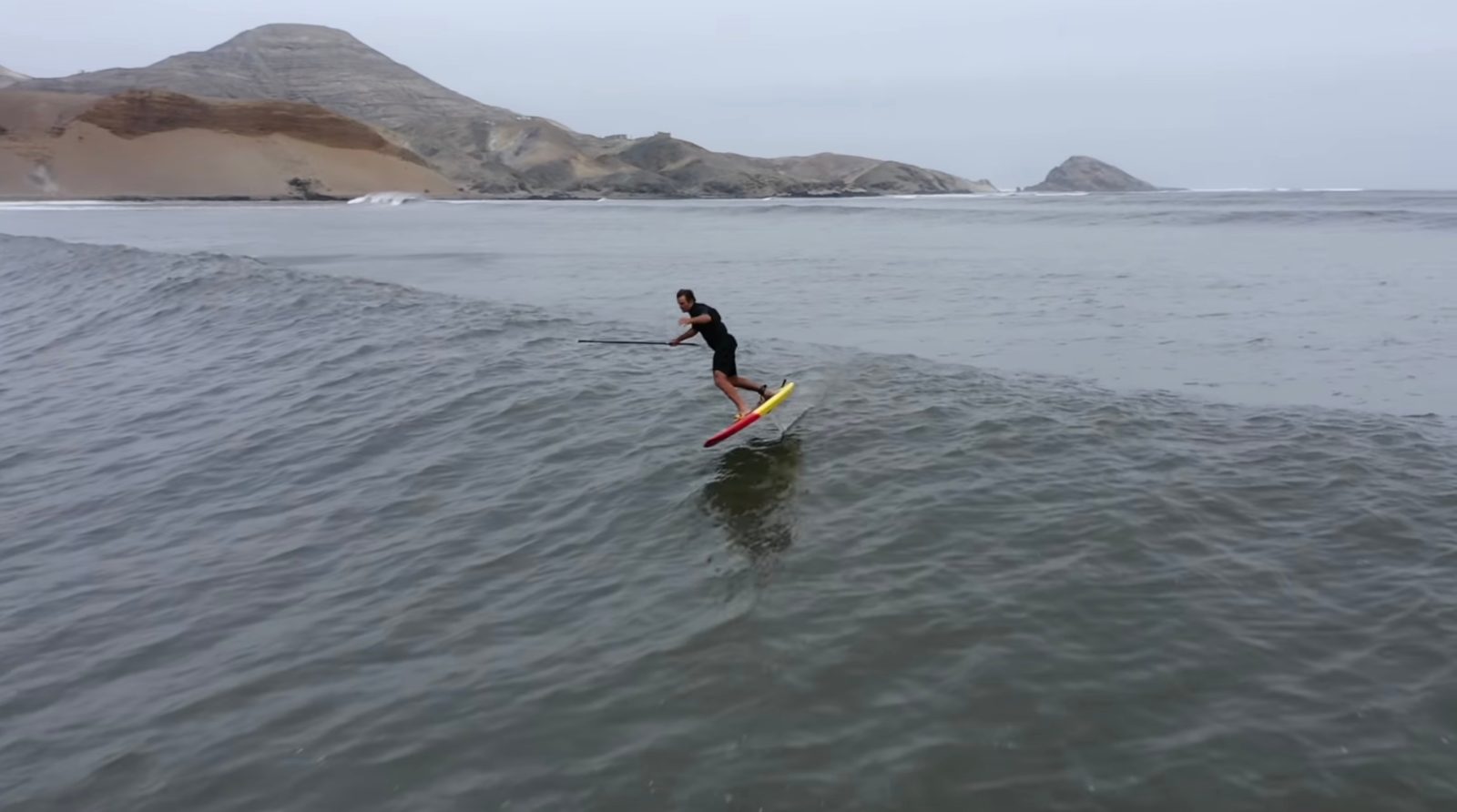
Surfer Laird Hamilton has become a legend in the sport for his continual innovation, and peerless courage, in catching and riding some of the biggest swells on the planet. Now, thanks to an artfully flown drone, he’s also famous for surfing one of the longest waves ever.
Drone Surf Peru films Hamilton surfing endless Chicama wave
The drone caught Hamilton last week surfing Peru’s Chicama spot, home to what many in the sport call the longest left-breaking wave in the world. The footage was shot by local outfit Drone Surf Peru, which has an established record (and many great videos) of skillfully capturing riders carving up the country’s gorgeous swells. Its flight over Chicama is no exception, producing a beautifully framed film of Hamilton working his foil-equipped board for just over three minutes.
Hats must be doffed to Drone Surf Peru pilots for managing to stay close enough – but not too tight – and keeping Hamilton at dead center as he snakes his way far to the right and left to tap into the wave’s strongest spots (and dodge several boats).
Props, too, to the 57-year-old Hamilton for still having the gams to pump a swell that long. Any doubters are invited to assume a pronounced squat position for 180 seconds without popping sweat.
Drones and surf videos: a natural, much improved partnership
Partnering with drone pilots is yet another way Hamilton has innovated in his long surfing career.
He pioneered the tow-in technique of having boats or jet skis sling riders onto waves too huge to catch by paddling. He was also a member of the “strap-on” group in Hawai‘i that drilled foot fastenings onto their boards to keep from being bounced off the often bumpy faces of enormous swells. He similarly had a hand in the development of the use of foils he rides at Chicama – an underwater attachment that captures maximal wave power, and lifts the rider above the surface of the wave.
Hamilton joining the surfing community’s wider embrace of drones is a natural move for someone who now generates a lot of his income from making eye-dazzling videos. Unlike previously used helicopters, drones can get in as close as necessary, provide better shot stability, and don’t kick up a lot of the surface turbulence that can detract from footage shot in earlier eras. They’re also incomparably cheaper to deploy, can be carried around the globe, and set up and deployed in just minutes when necessary.
Of course, like a surfboard, drones need people with major talent at the controls to pull off the kind of magic Hamilton and Peru Surf Drones do wherever they might go. Thankfully, both were on hand and in form when they went to work together at Chicama.
FTC: We use income earning auto affiliate links. More.



Comments